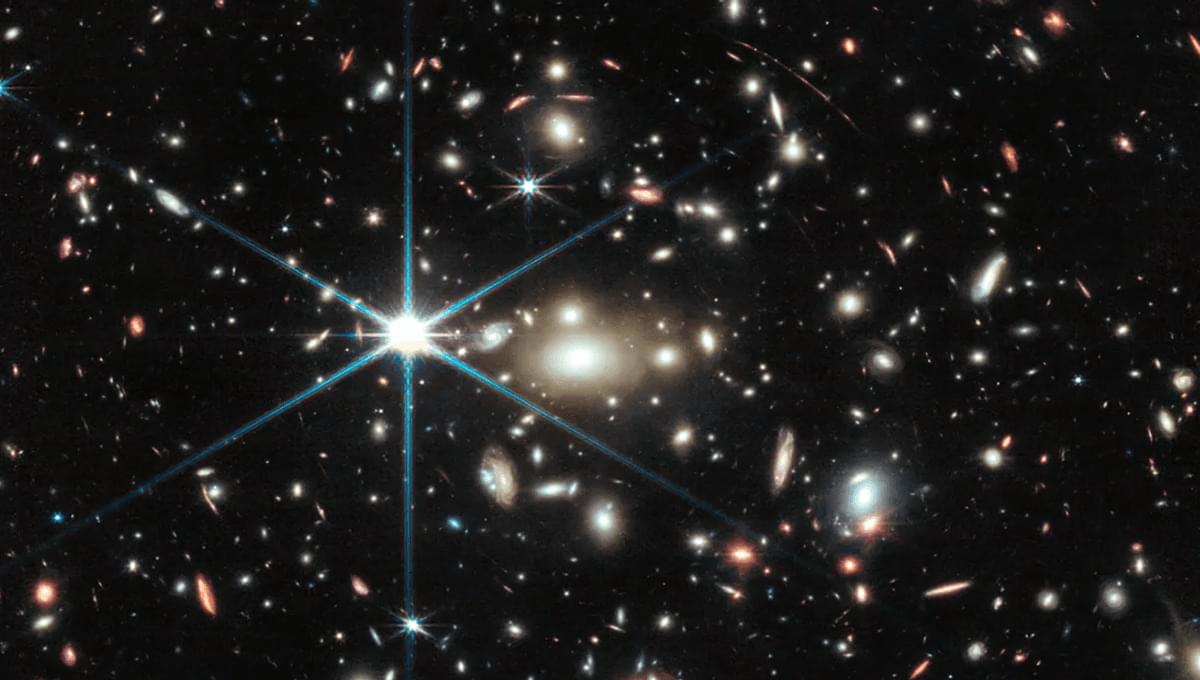What can Jupiter’s auroras teach scientists about auroras on other planets? This is what a recent study published in Physical Review Letters hopes to | Space
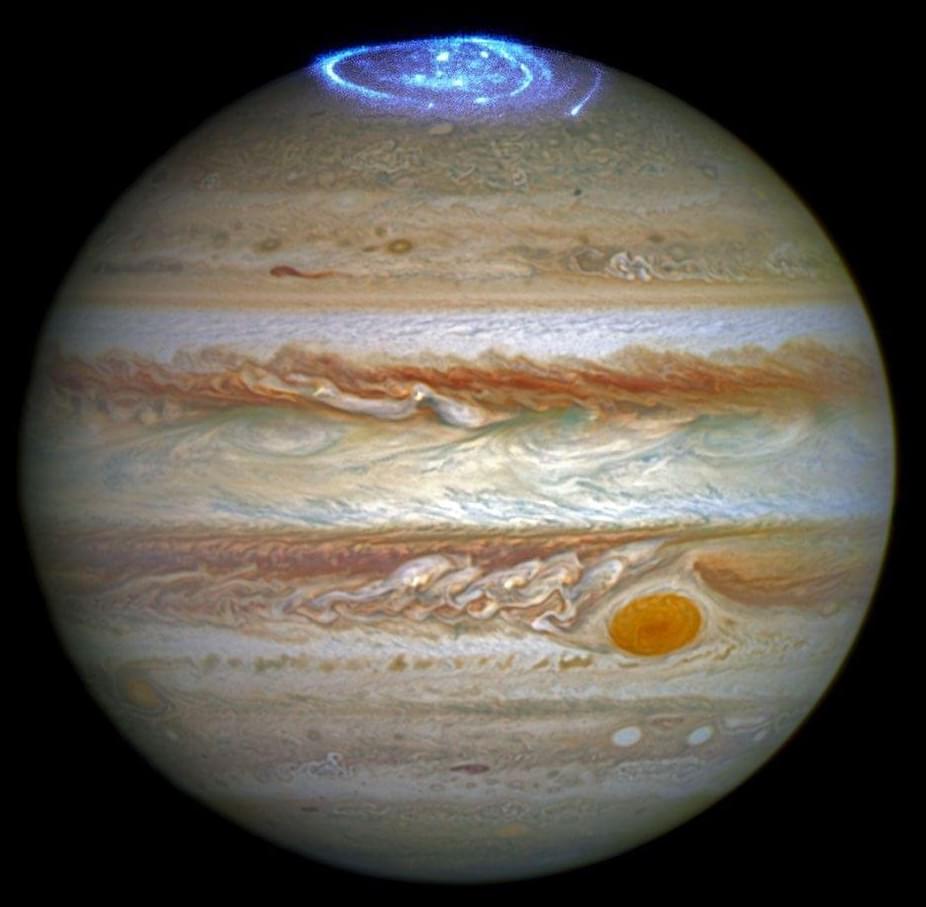

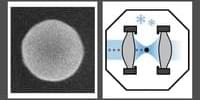
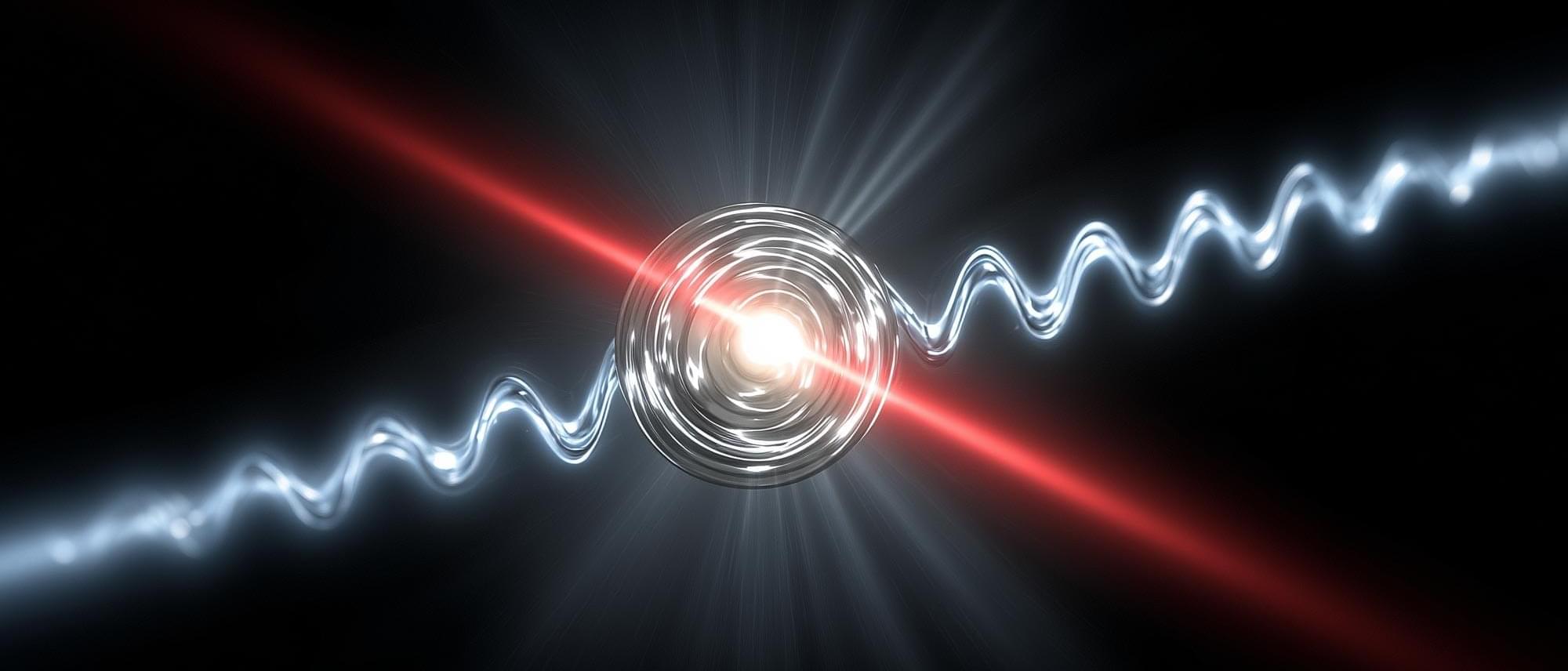

Adding geopolitical intrigue, it’s looking more and more like NASA’s helpless flailing could position China to beat the United States in the race to return to the Moon.
China’s lunar exploration program has made massive leaps in recent years, most recently successfully testing its “Lanyue” lunar lander at a facility outside of Beijing. It was a “key step in the development of China’s manned lunar exploration program” and the “first time that China has carried out a test of extraterrestrial landing and takeoff capabilities of a manned spacecraft,” according to a statement by the China Aerospace Science and Technology Corporation (CASC.)
The goal is to land the first Chinese astronauts on the Moon “before 2030” — a clear shot across the bow, considering NASA is currently hoping to launch its first crewed landing attempt, Artemis 3, no earlier than mid-2027.
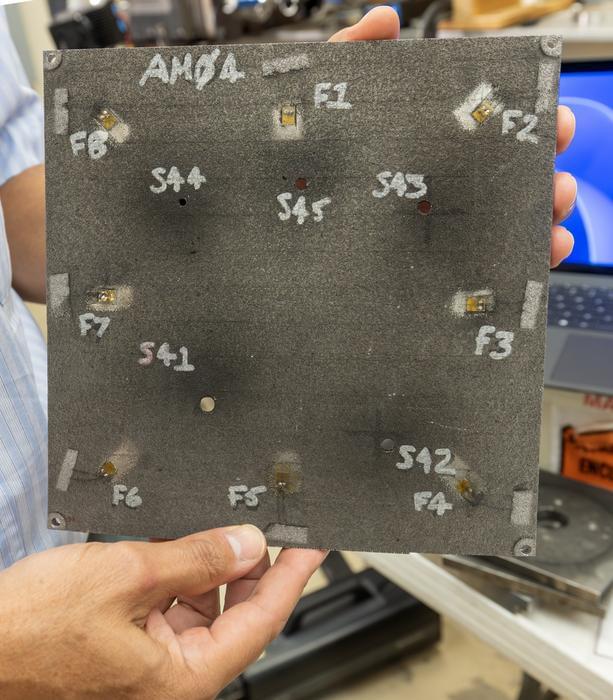

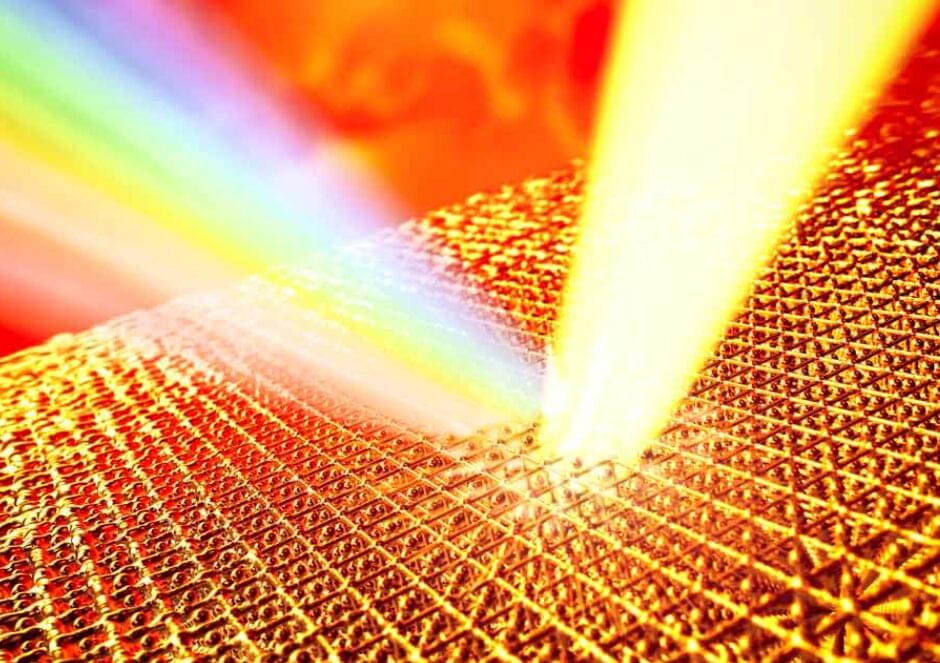
Gold was superheated to 19,000 Kelvin without melting, defying physics and unlocking new possibilities in high-energy research. Physicists have heated gold to over 19,000 Kelvin, more than 14 times its melting point, without melting it, smashing the long-standing “entropy catastrophe” limit. Using an ultra-fast laser pulse at SLAC’s Linac Coherent Light Source, they kept the gold crystalline at extreme heat, opening new frontiers in high-energy-density physics, fusion research, and planetary science.
Scientists have simultaneously broken a temperature record, overturned a long-held theory and utilized a new laser spectroscopy method for dense plasmas in a groundbreaking article published on July 23 in the journal Nature.
In their research article, “Superheating gold beyond the predicted entropy catastrophe threshold,” physicists revealed they were able to heat gold to over 19,000 Kelvin (33,740 degrees Fahrenheit), over 14 times its melting point, without it losing its solid, crystalline structure.

